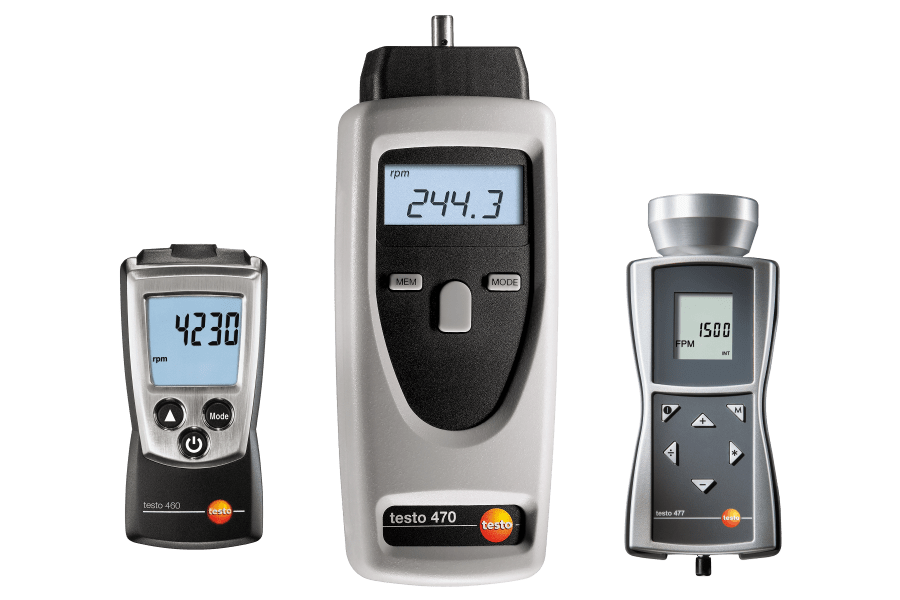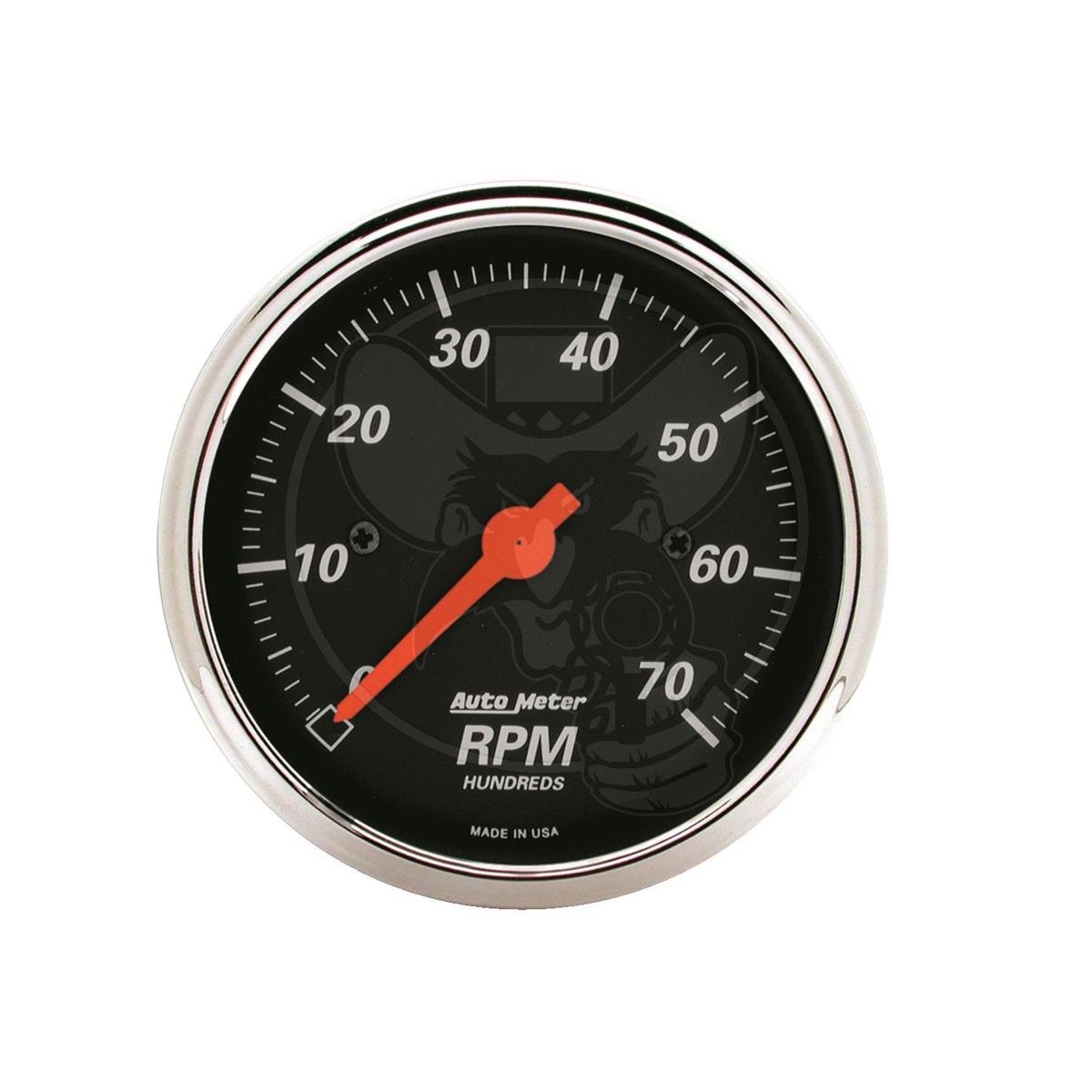Trick Reasons That Having a Tachometer Is Necessary for Maintaining Engine Health and Effectiveness
This simple yet important instrument plays a critical function in the upkeep of an engine's health and efficiency. By providing real-time information on engine rate and RPM degrees, a tachometer provides indispensable insights that directly impact the efficiency and long life of the engine. Let's explore the key factors behind its crucial function in preserving engine health and performance.
Protecting Against Engine Over-Revving

To guard the engine from possible damage, it is crucial to carry out steps that prevent over-revving, a technique that can cause costly fixings and minimized engine lifespan. Over-revving takes place when the engine's rotational speed surpasses the optimum limit established by the maker, causing excessive tension on inner elements such as pistons, valves, and linking rods. This extreme strain can cause mechanical failures, consisting of bent shutoffs, damaged pistons, and even catastrophic engine failing.
One effective procedure to avoid over-revving is the installment of a rev limiter. A rev limiter is a device that regulates the maximum RPM (transformations per minute) of the engine by either removing gas flow or trigger to the engine when the pre-set limit is reached. In addition, educating vehicle drivers and operators on the value of monitoring engine RPM with the tachometer can aid prevent unexpected over-revving. Normal maintenance checks to make sure the engine remains in optimal condition can additionally aid in preventing over-revving events and lengthening the engine's lifespan. By embracing these preventative measures, the risk of engine damage because of over-revving can be significantly decreased.
Enhancing Gas Usage
Reliable gas intake plays a crucial role in taking full advantage of the efficiency and sustainability of an engine. tachometer. Enhancing gas usage not just assists in lowering functional costs yet likewise decreases the ecological influence of car discharges. By using a tachometer to keep an eye on engine rate and change driving practices appropriately, chauffeurs can achieve better gas effectiveness
Preserving a stable pace and avoiding abrupt velocities and decelerations can considerably improve gas economic climate. Furthermore, proper equipment option based on the tachometer readings makes certain that the engine runs within its optimal range, bring about a lot more effective gas burning.
On a regular basis keeping track of the tachometer can also aid determine any inadequacies or mechanical issues that might be impacting fuel usage. An unexpected increase in gas use without a matching change see post in driving routines can suggest a trouble that needs focus.
Tracking Engine Wellness
Monitoring engine health is vital for making sure optimum efficiency and longevity of the vehicle. By utilizing a tachometer to keep track of engine speed, motorists pop over to this web-site can identify abnormalities that might show possible concerns with the engine. A tachometer provides real-time information on engine revolutions per min (RPM), enabling chauffeurs to determine any type of unusual spikes or decreases in RPM that might signal problems such as misfires, worn-out components, or engine getting too hot.

Routinely keeping track of engine health via making use of a tachometer allows motorists to deal with problems quickly before they rise and create considerable damage. As an example, detecting a decline in RPM might indicate gas shipment problems or a clogged up air filter, while an abrupt boost in RPM might indicate issues with the transmission or exhaust system. By remaining attentive and responsive to adjustments in engine performance, vehicle drivers can stop costly repair services and guarantee the total health and performance of their car.
Increasing Engine Life Expectancy
Making certain the durability of an engine requires diligent maintenance practices and conscientious monitoring of crucial efficiency signs. Prolonging an engine's lifespan is crucial for decreasing overall automobile upkeep costs and preventing unanticipated break downs. A tachometer plays a considerable duty in this aspect by supplying real-time information on engine rate, allowing motorists and technicians to make informed decisions to stop too much wear and tear.

Moreover, normal upkeep based upon tachometer analyses, such as timely oil modifications and stimulate plug replacements, can considerably contribute to extending the engine's long life. On the whole, including a tachometer right into routine engine monitoring practices is essential for maintaining the engine's wellness and effectiveness over the long-term.
Saving Cash on Fixes
A tachometer assists in monitoring the engine's RPM (transformations per min), enabling motorists to run within the suggested array. By staying within these optimal RPM degrees, too much stress on the engine can be avoided, minimizing the chance of costly repair services due to straining the engine.
Additionally, by making use of the information from a tachometer to practice smooth acceleration and deceleration, vehicle drivers can lengthen the lifespan of their car's elements, inevitably conserving money on maintenance and replacements. Generally, the understandings given by a tachometer empower chauffeurs to make educated choices that can stop unneeded damage my response on the engine, leading to significant cost savings over time.
Conclusion
Finally, a tachometer plays a vital duty in keeping engine wellness and performance by preventing over-revving, optimizing gas intake, monitoring engine wellness, expanding engine life-span, and conserving cash on repair services. It is a crucial device for making sure that the engine operates within safe limits and executes at its finest, eventually contributing to the longevity and overall efficiency of the vehicle.